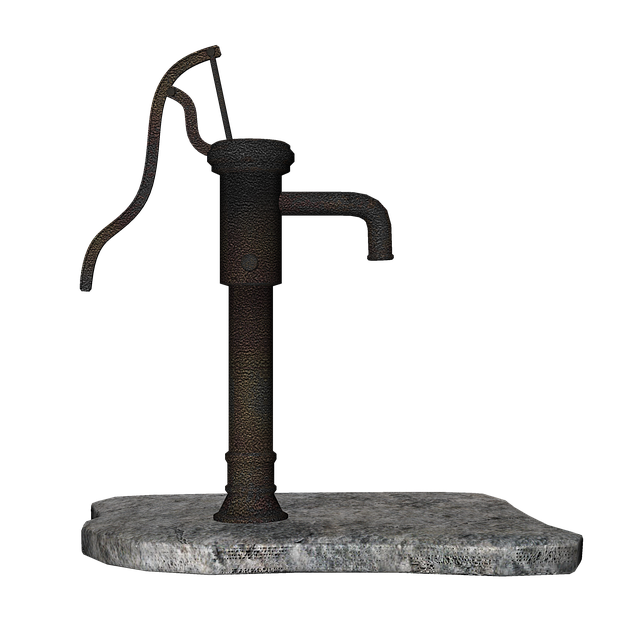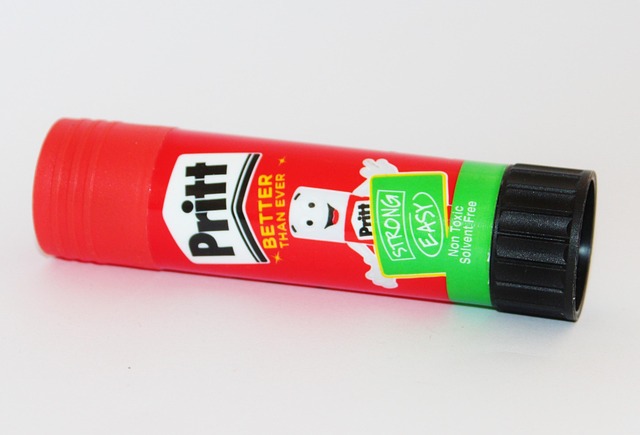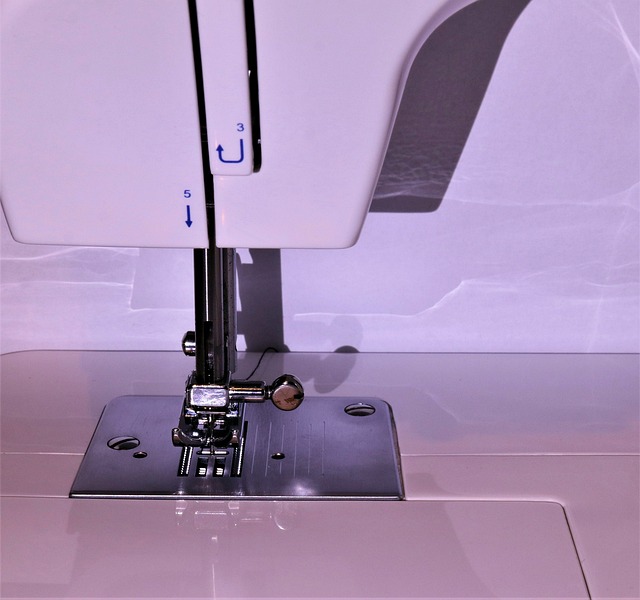The Glue Laminated Beam Installation Guide emphasizes glue laminating as a method to enhance wood beam strength and stability. Choosing the right adhesive is crucial for structural integrity in residential and commercial construction. Proper surface preparation through cleaning and sanding ensures strong bonding. Alignment, clamping, and adhering to building codes are vital for successful installation. Optimal drying conditions prevent glue failure, ensuring GLB compliance with safety standards. Contact (607) 369-9341 for expert guidance on GLB installations.
Preventing glue failure in beams is crucial for structural integrity and long-term performance. This comprehensive Glue Laminated Beam Installation Guide delves into essential aspects, from understanding beam basics to optimizing curing conditions. By mastering proper surface preparation techniques, alignment methods, and adhesive selection, you can ensure robust connections that withstand the test of time. Follow these steps for reliable glue laminated beam installation.
- Understand Glue Laminated Beam Basics
- Choose Right Adhesive for Beams
- Proper Surface Preparation Techniques
- Precise Alignment and Clamping Methods
- Optimal Drying Time and Curing Conditions
Understand Glue Laminated Beam Basics
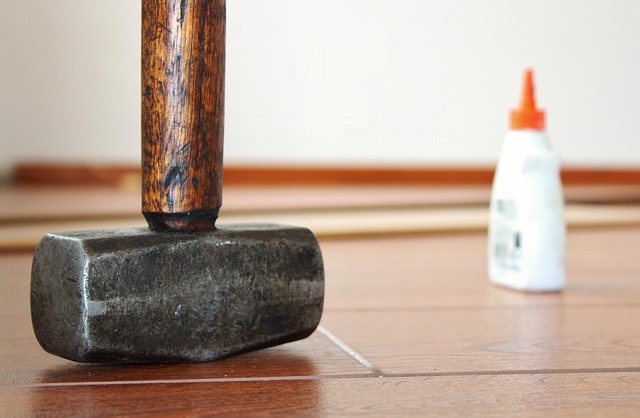
Glue Laminated Beam Installation Guide begins with understanding the fundamentals of these structural components. Glue laminating involves bonding multiple layers of wood to create sturdy beams, enhancing their strength and dimensional stability compared to solid wood. This process is ideal for repairing damaged GLT structures or restoring compromised wooden beams, as it allows for precise control over dimensions and quality.
When considering secure wood beam connections, glue lamination offers a reliable solution. By following the right techniques and choosing suitable adhesives, you can achieve long-lasting bonds that meet structural requirements. For instance, if you’re embarking on a DIY project or working with a professional contractor, understanding when to use glue lamination for beams is key. Give us a call at (607) 369-9341 for expert advice tailored to your needs.
Choose Right Adhesive for Beams

When installing glue laminated beams, selecting the appropriate adhesive is a crucial step in preventing future failure. The right adhesive should be chosen based on factors like beam material, expected load, and environmental conditions. A high-quality, structural adhesive designed specifically for wood applications offers superior bonding strength, ensuring the long-term integrity of your GLT construction.
Remember, the advantages of GLT construction, with its seamless integration of glued beams, extend to a range of ideal applications. From residential framing to commercial projects, this method provides efficient load distribution and structural stability. Compare this to traditional joist systems where joints can be points of weakness, and the benefits of using a suitable adhesive for glue laminated beam installation become even more evident. Give us a call at (607) 369-9341 to discuss your specific needs and ensure the best results in your GLT construction project.
Proper Surface Preparation Techniques
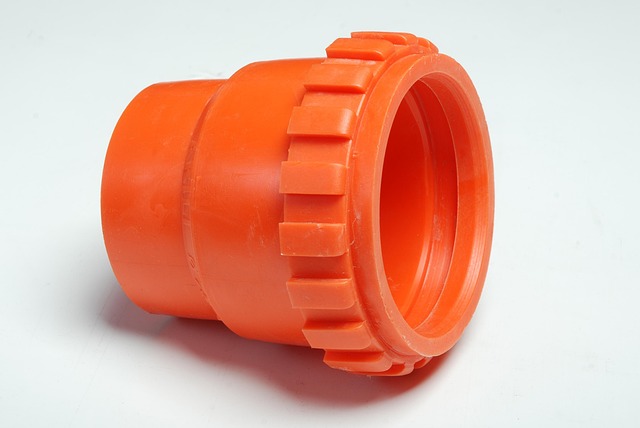
Proper Surface Preparation Techniques are essential for successful Glue Laminated Beam (GLT) Installation, ensuring the longevity and strength of your structure. Before applying any adhesive, it’s crucial to clean the surfaces thoroughly to eliminate dust, grease, or debris that can hinder bonding. This involves sanding the beams and adjacent materials to create a rough texture, allowing the glue to grip evenly. Using the right tools and techniques is key; hand sanding with fine-grit paper ensures precise control, especially in tight spaces.
For optimal results, consider the surface profile after sanding. Aim for a uniform roughness of around 120-220 grit to promote strong adhesion. After preparation, inspect the area for any imperfections and address them promptly. If needed, fill gaps with appropriate filler and sand again. Selecting the right adhesive tailored to GLT construction methods is also vital; consult industry experts or give us a call at (607) 369-9341 for guidance on budget-friendly options that align with your project’s requirements.
Precise Alignment and Clamping Methods
Proper alignment and clamping techniques are crucial for successful glue laminated beam (GLT) installation, as outlined in our comprehensive Glue Laminated Beam Installation Guide. Achieving precise alignment ensures even distribution of pressure and adhesive throughout the beam’s surface, enhancing structural integrity. Begin by carefully positioning the beams, ensuring they are square and aligned with the building’s structural elements. Use temporary clamping to hold them in place until permanent hardware is installed.
For optimal results, consider using specialized clamping devices designed for GLT installation. These tools provide consistent pressure, preventing gaps or misalignments that can compromise glue adhesion. Adhering to local building code requirements for GLT, such as those specified in the International Residential Code (IRC), ensures safety and structural efficiency. If you’re unsure about any aspect of the process, don’t hesitate; give us a call at (607) 369-9341 for expert guidance tailored to your project’s needs.
Optimal Drying Time and Curing Conditions

Optimal drying time and curing conditions are critical factors in preventing glue failure in beams, as they ensure the structural integrity of glued laminated beams (GLB). After installation, allowing the glue to cure fully according to the manufacturer’s guidelines is essential. This typically involves maintaining a consistent temperature range, often between 50°F and 75°F (10°C to 24°C), and keeping the area well-ventilated. Avoid subjecting GLBs to excessive moisture or direct sunlight during this period, as it can interfere with curing.
For builders looking to implement safe gluing methods for beams and comply with structural codes, understanding the appropriate drying time is key. The longevity of glued laminated beams heavily relies on adhering to recommended curing practices. If you have a broken laminated beam connection that needs fixing, ensure proper preparation before reapplication, including thorough cleaning and degreasing of surfaces. For detailed guidance, consider reaching out to industry experts or participating in glue lamination training programs. Give us a call at (607) 369-9341 for more information on ensuring the durability of your GLB installations.
Preventing glue failure in beams is crucial for ensuring structural integrity and longevity. By understanding the fundamentals of glue laminated beam installation, selecting the appropriate adhesive, employing meticulous surface preparation techniques, achieving precise alignment, and allowing adequate drying time under optimal curing conditions, you can significantly reduce the risk of glue failure. This comprehensive Glue Laminated Beam Installation Guide equips you with the knowledge to create robust and reliable beams for any construction project.
